What is it?
Clubfoot is a condition in which the foot is turned inward and downward. It is one of the most common congenital conditions, which means it is present at birth.
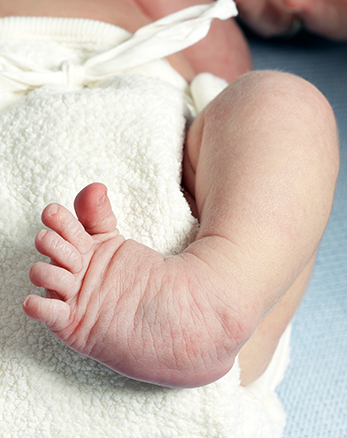
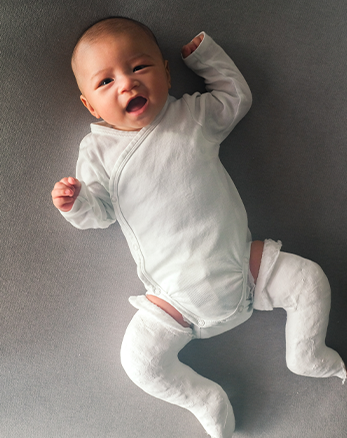
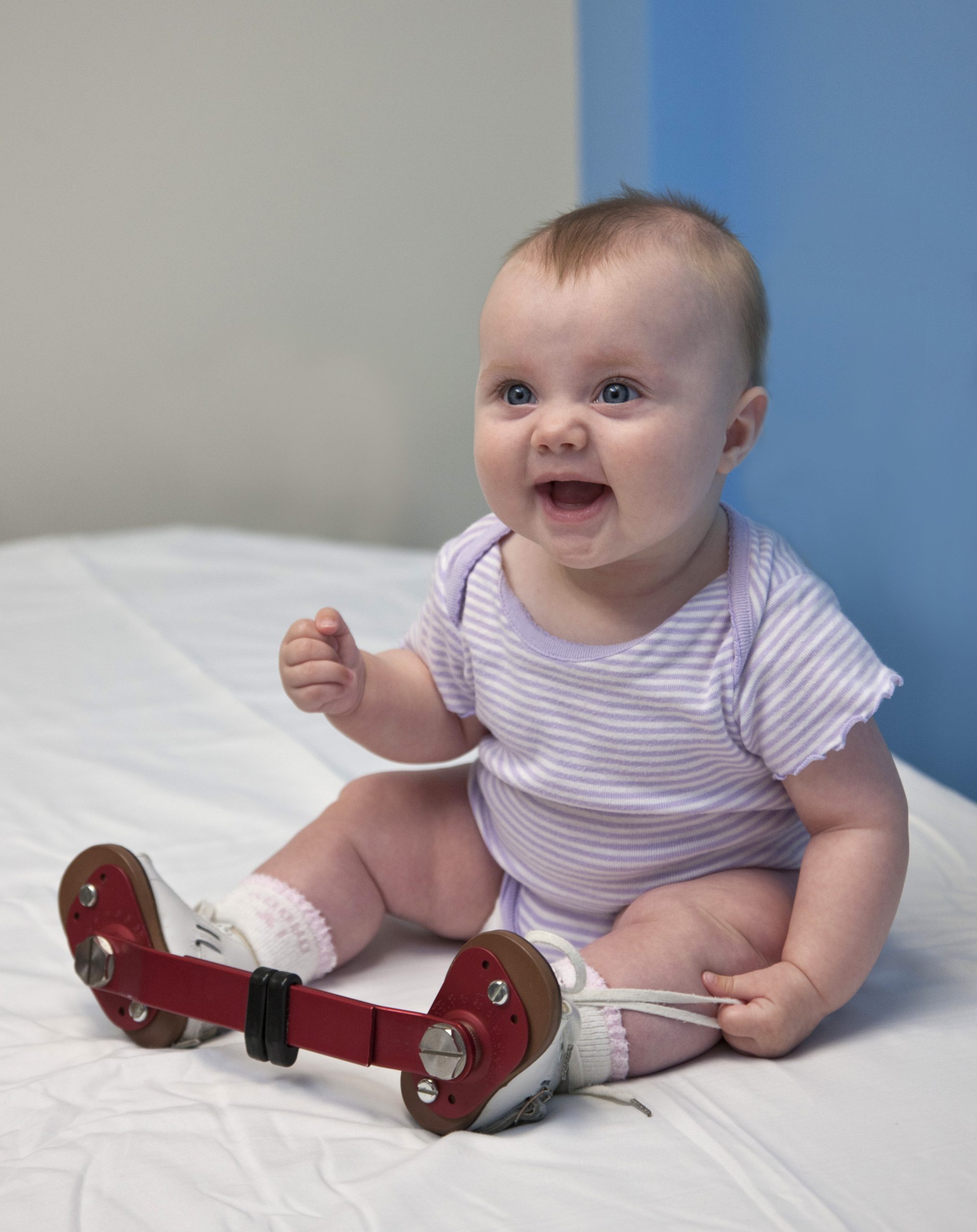
What is it?
Clubfoot is a condition in which the foot is turned inward and downward. It is one of the most common congenital conditions, which means it is present at birth.
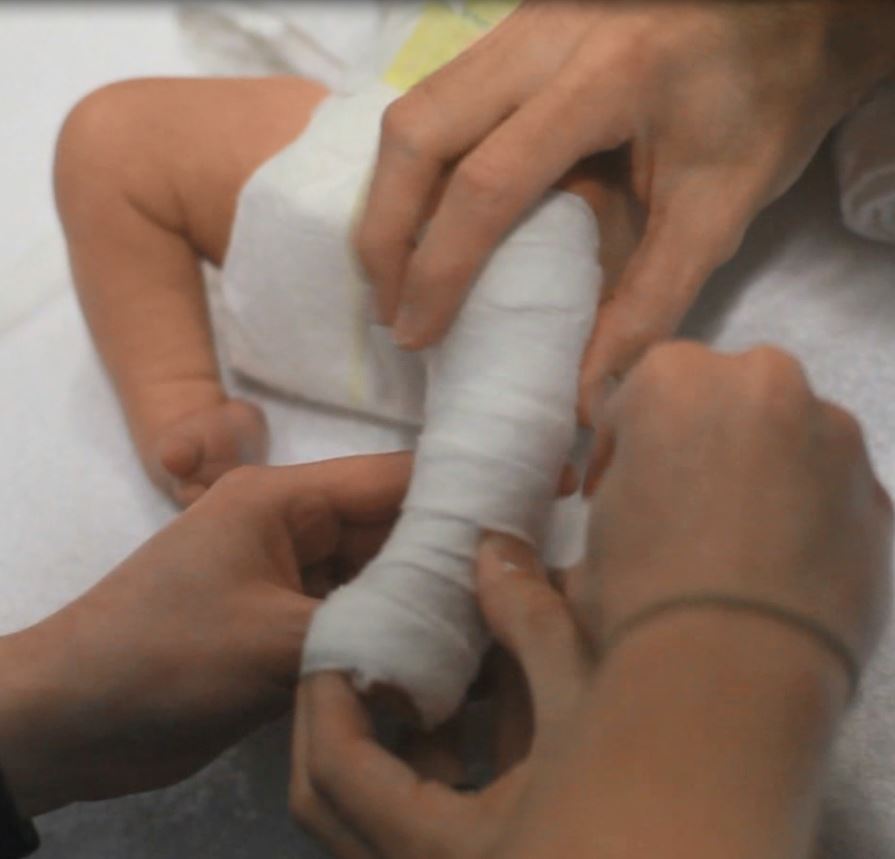
Causes
The cause of Clubfoot is unknown, but it is thought to be genetic and may be passed down through families.
Risk factors for Clubfoot include: family history of the disorder, being male, or having an underlying genetic syndrome like Trisomy 18.
Signs and Symptoms
One or both (less commonly) feet may appear to rotate inward and downward at birth. It can be difficult to keep the foot in the correct position without bracing.
The condition itself does not cause pain, unless it is not corrected.
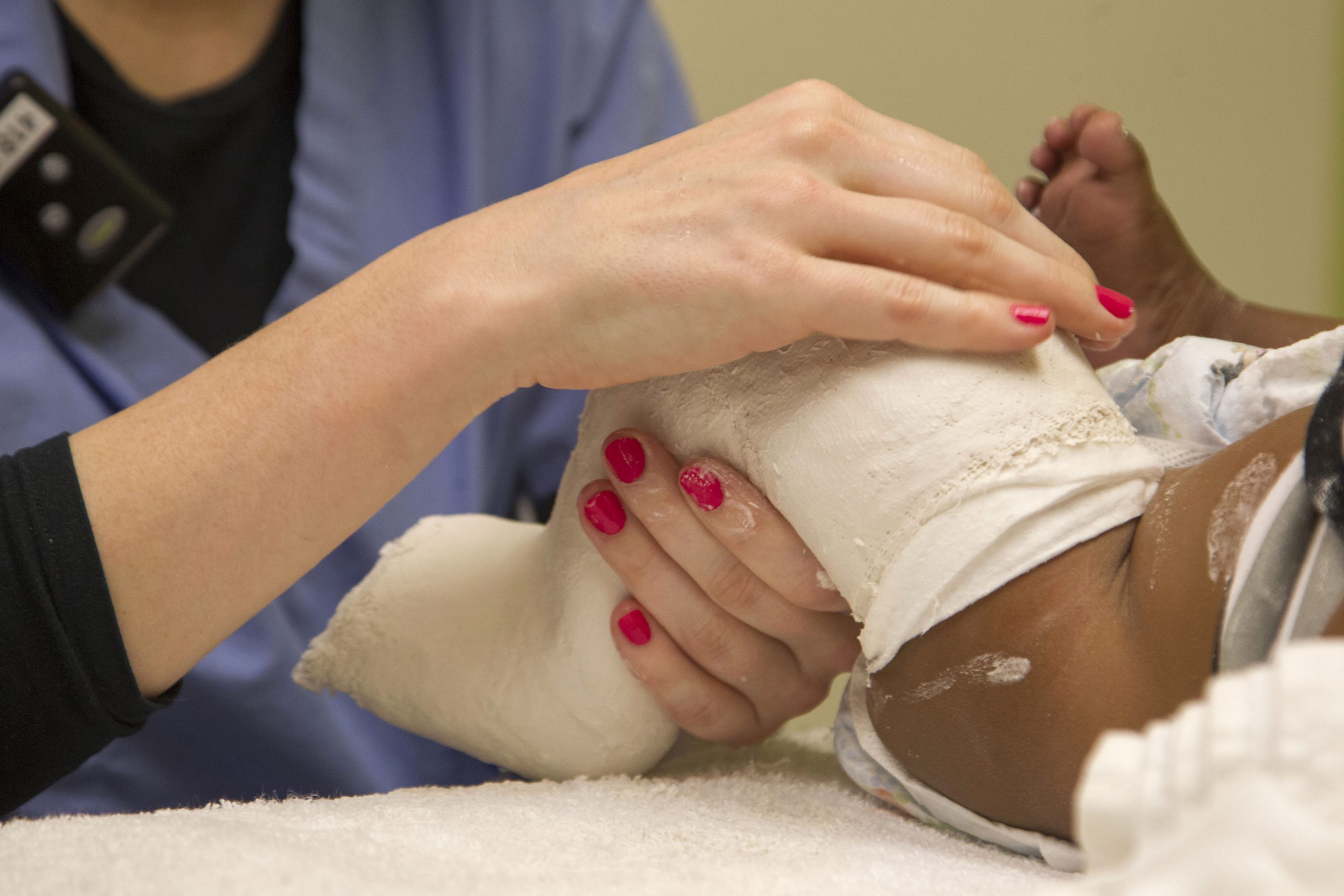
Diagnosis
A Campbell Clinic orthopedic physician will diagnose Clubfoot during physical examination. Sometimes an x-ray may be done to confirm diagnosis and examine bone structure.
Treatment
An orthopedic specialist will usually begin treatment as soon as possible after birth, as this is the easiest time to reshape the foot and correct the condition.
Ponseti Casting is a special casting protocol performed by an orthopedic specialist that involves weekly stretching and recasting of the affected foot in order to reshape the foot over a period of 5-10 weeks. Once the foot is corrected and the final cast is removed, the child must wear a brace 23 hours a day for about 3 months. Then, the brace must be worn during naps and at night for up to 3 or 4 years.
Usually, it is necessary to do a minor procedure to lengthen or release the tight Achilles tendon on the affected foot.
More severe cases of Clubfoot may require surgery in order to fully correct the foot position. This surgery may involve manually adjusting tendons or using pins to hold bones in the correct position.
Outlook (Prognosis)
It is important to note that Clubfoot does not resolve on its own, but correction and recovery are highly likely if the above treatment plan is followed. Although the corrected foot usually gains full function, the lower leg and foot may appear smaller than the other foot.
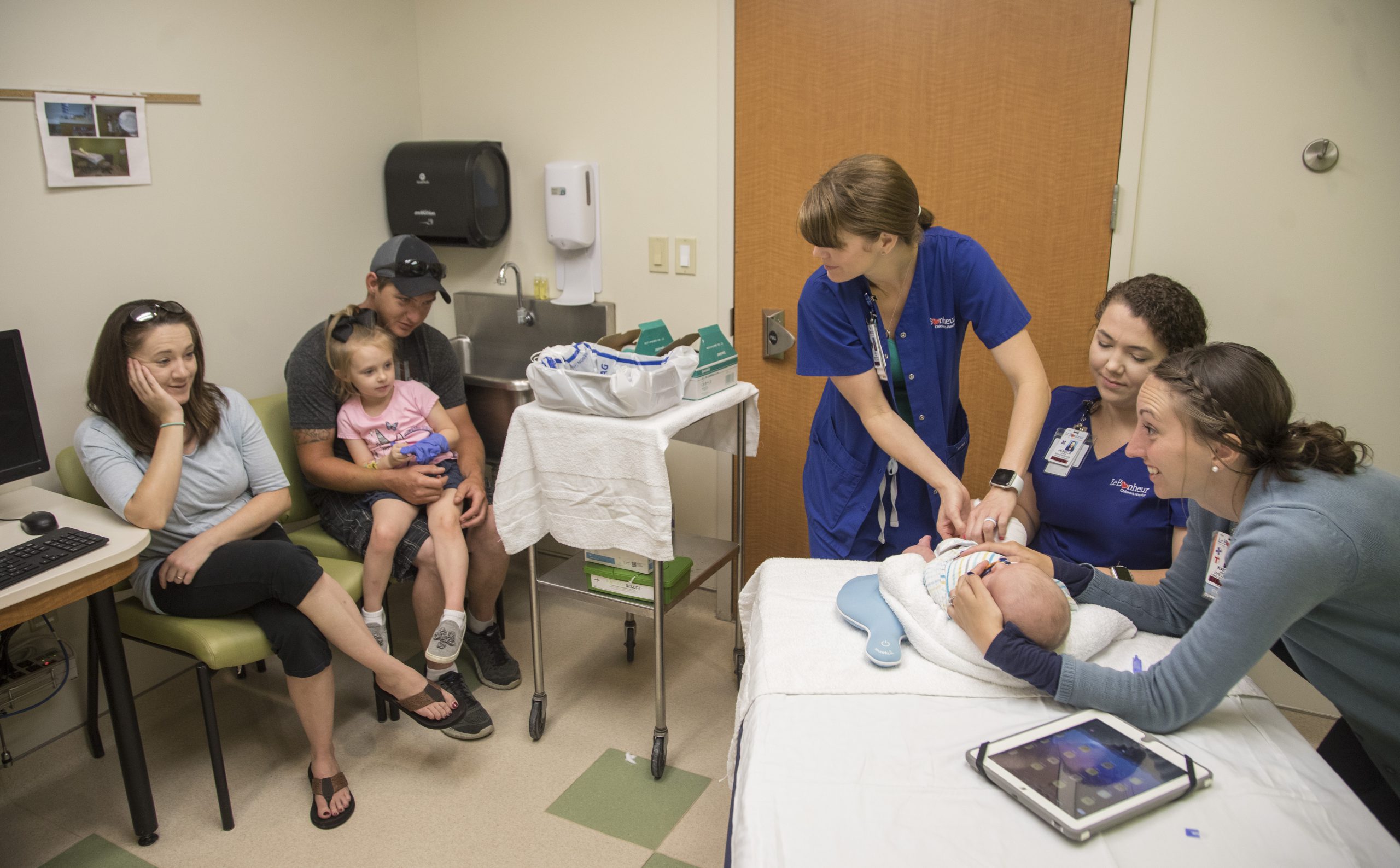
For appointments call
901-759-3111